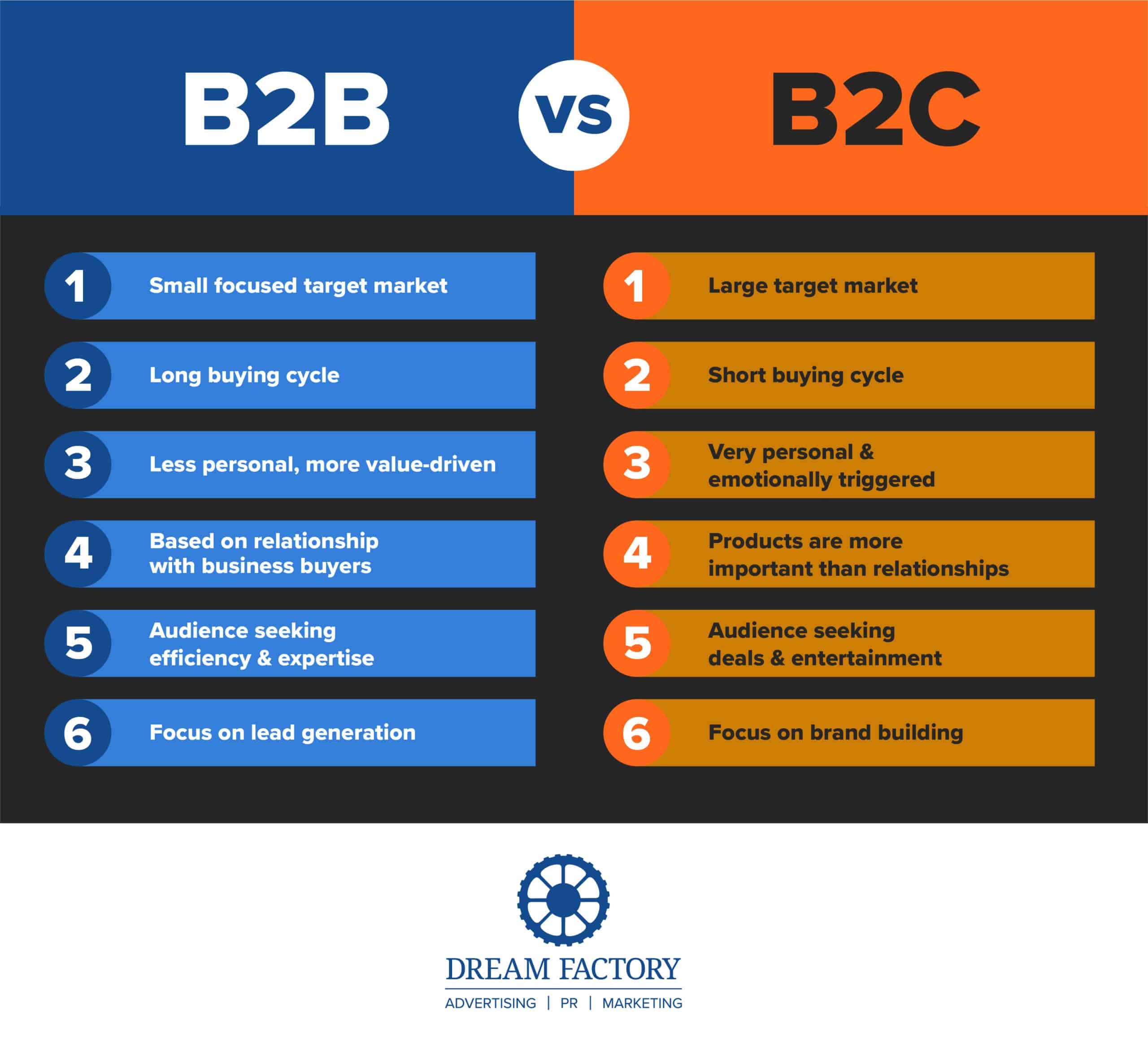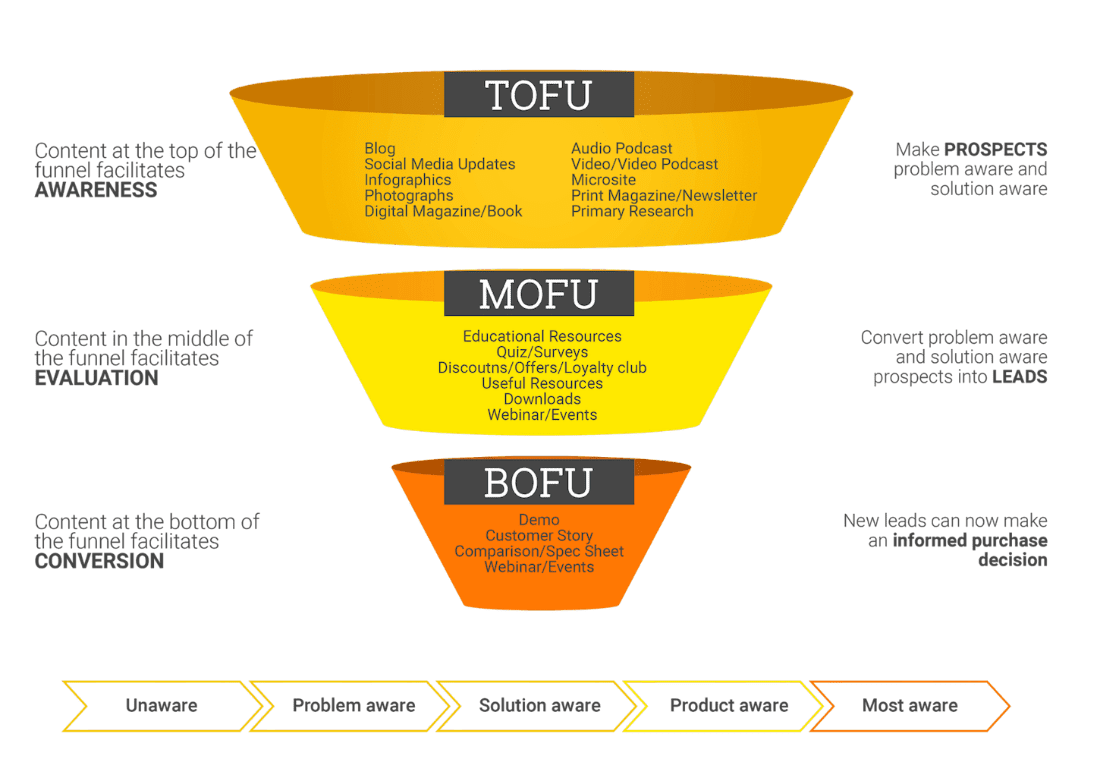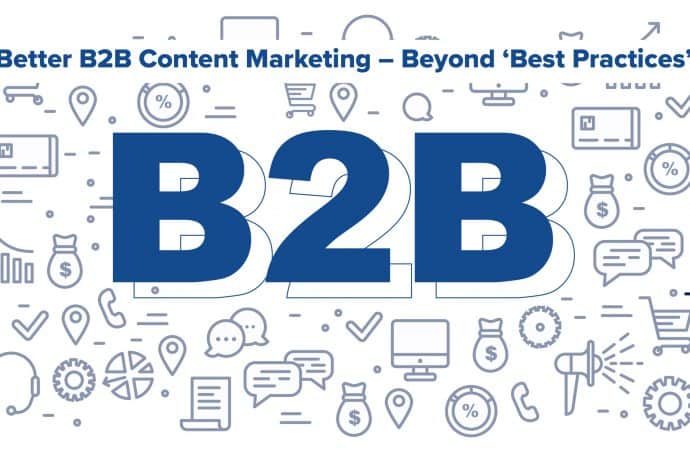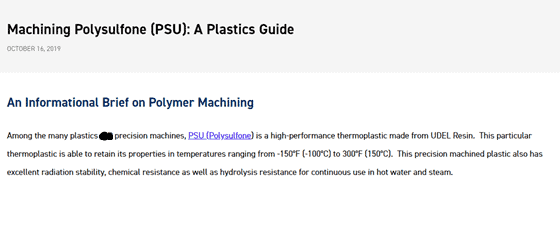7 Tips to Create a Better B2B Content Marketing Strategy Is your B2B content marketing strategy driving the kind of results you are looking for? Statistics show that most marketers in the B2B sector either do not know how to approach B2B content marketing or are not confident in their overall content marketing strategy. Since
7 Tips to Create a Better B2B Content Marketing Strategy
Is your B2B content marketing strategy driving the kind of results you are looking for? Statistics show that most marketers in the B2B sector either do not know how to approach B2B content marketing or are not confident in their overall content marketing strategy. Since we are marketers, let’s look at the data, because it matters!
- 25% of marketing professionals believe their B2B content marketing strategy is actually effective.
- 2.7% of marketers feel extremely confident while 66.4% are not at all or only somewhat confident in their strategies.
These numbers indicate insecurities in B2B marketers and strategists. If only 25% of marketing professionals believe their content marketing strategy is effective, what is making that strategy effective?
A 2017 study found that marketers prioritize engagement and personalization when creating the content targeted to their audience. But the content’s performance in these areas doesn’t match up with those priorities.
- 76.5% of marketers said that creating engaging content is a key marketing component
- 54% of marketers said their content engaged their target audience
- 43.8% of marketers said that customized content is essential to effective B2B content marketing, but only 34.5% of marketers personalized their content
What’s the takeaway from all of this?
First, let’s discuss the reality of these numbers. B2B content marketers are in serious need of some recalibration when it comes to content marketing in their specific industry.
Second, it’s time to re-think “best practices” and discover “better practices” for B2B content marketing. In this blog, we will discuss 7 tips on how you can create a more effective content marketing strategy.
B2B is NOT B2C
Any marketer would find this obvious, but sometimes professionals forget the differences when giving advice. So, let’s review the basic differences between B2B and B2C audiences:

How to create better B2B practices
Business-to-business strategy requires a whole new set of insights, research and plans. You must routinely analyze your target audience and tweak your marketing personas to improve the customization of your content. In short, don’t get comfortable with your audience persona; make sure that you are always understanding their needs and what value you bring to them.
Here’s how you can start rethinking your B2B content marketing practices and strategies:
1. Create niche content – this is the content that drives users to action
A B2B audience is seeking efficiency, relevancy and actionable expertise. Other businesses spend money on your business for one very specific reason: It’s going to make them money somehow. You’re either saving them money or making them money.
Client example of niche content:
2. Engaging content that tells a story not just numbers
Your content is too straightforward and just lists data OR your content is a thinly-veiled self-promotion. The solution is selling the story before the product.
Storytelling can be either entertaining or educational. The #1 focus is on your audience, their needs, what problems you can solve for them and what industries they are a part of.
3. User experience matters
What do you want your audience to do when they engage with your content? Of course, the answer is you want them to convert into leads by either filling out an online form or calling you. In order to get them from “point A” to “point B”, you have to make the user experience meaningful. Essentially, it’s about moving them through the sales funnel as shown below:

You don’t have to have the cheapest product out there, but you do need to have a brand that breeds customer loyalty.
4. Collaboration
Yes, there is value in collaborating with other businesses on content topics. You are not sharing industry secrets; you are sharing platforms.
How does it benefit you?
You’re able to: 1) increase exposure for your content 2) send traffic back to your site or social media profiles and 3) establish authority in your field.
Collaboration can take the form of guest posts on shared platforms such as industry magazines or websites.
5. Create multi-layered content
This tactic should come as no surprise to you. If you’ve been paying attention to the evolution of content marketing, then you know that multi-layered content includes a mix of the following:
o Text
o Images
o Video
Breaking up your text with images, screenshots or infographics can help to reinforce your content, make it compelling and add to the quality you bring to your customers.
The same goes for any type of video marketing you add to your text. If you are uncertain about video content creation, remember this – it doesn’t have to be a Hollywood movie. It needs to connect to your brand and your text in a meaningful and engaging way.
6. Metrics, metrics, metrics
Every B2B business wants one thing – long-term growth. Returning back to #1, you can achieve this by creating niche content that either solves problems for your customers or makes/saves them money. How can you understand their needs though?
That’s right – the numbers do not lie. Analytics and metrics can measure the value of your content’s engagement and conversion rates. One study shows that companies that adopt data-driven marketing strategies can increase revenue by 20% and reduce costs by 30%.
You will try a lot of different campaigns and approaches and many of them will fail. Always remember to return to the metrics and see where you went wrong. It will help you to create the kind of content that resonates with your audience and avoid making the same mistakes.
And in the long-term, it will strengthen your business and create content marketing tactics that work specifically for your brand.
7. Take advantage of paid ads
You can get your brand, your content and your product in front of the right audience very easily with paid ads. Some of the top ones for B2B include LinkedIn, Twitter and Facebook ads.
Any of these platforms can help your business gain more visibility and shares, which means more attention. More attention means more potential for conversion.
Ready to put these tactics into practice for a better B2B content marketing strategy?
We are your ROI focused and process driven partner.
Resource for statistics: https://www.linkedin.com/pulse/b2b-content-strategy-decline-dave-sutton/?trackingId=l0W8iuQr%2BMaWwQIuAJCoMw%3D%3D
Difference between B2B and B2C: https://neilpatel.com/blog/b2b-content-marketing-tactics/














